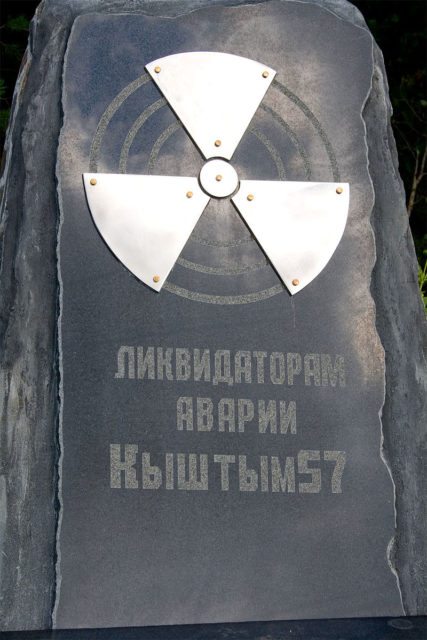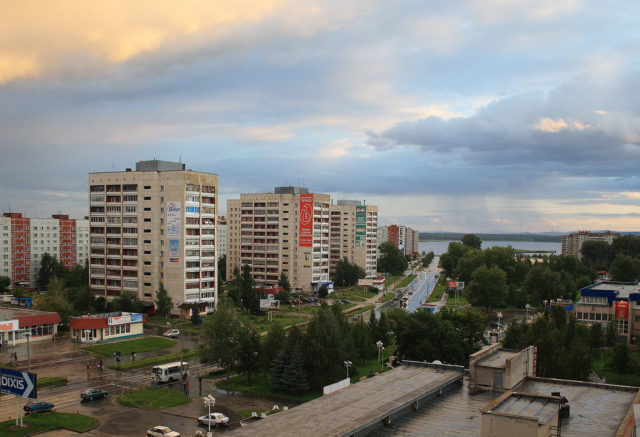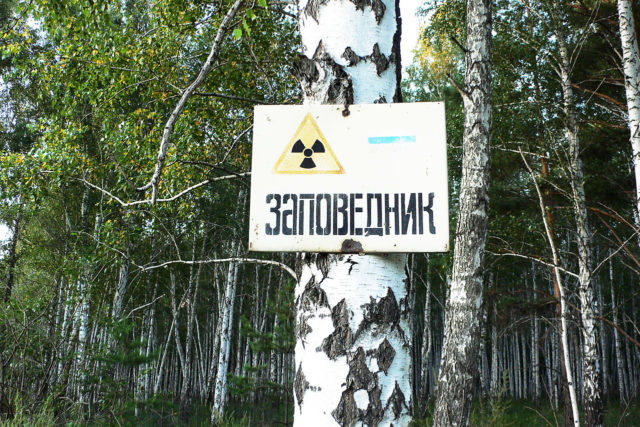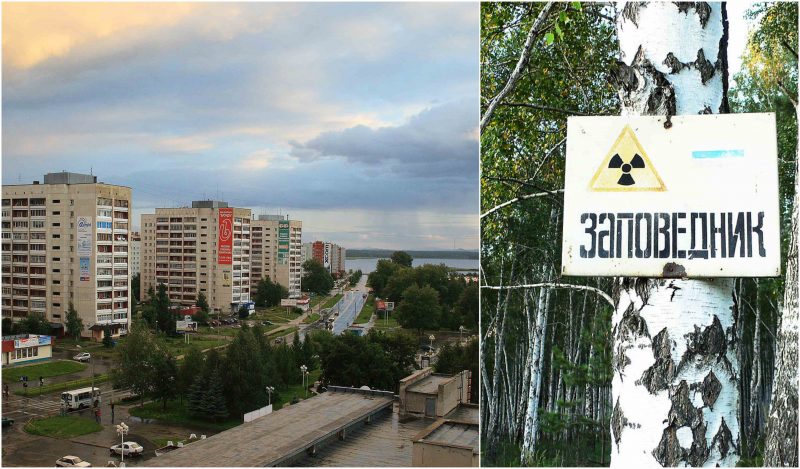The nuclear arms race between the two superpowers namely the United States and the Soviet Union all through the Cold War era; brought humanity to the brink of disaster on more than one instance. Some of these nuclear disasters or near misses are well known and thoroughly documented; while others remain hidden for an inquisitive mind to explore.
One such radioactive disaster occurred in a far off place in the Soviet Union on 29 Sep 1957. The closed town of Mayak had in its vicinity a highly active Plutonium production plant.
Which saw a nuclear explosion rating on the scale INES (International Nuclear Event Scale) Level 6. To put this in perspective both the Chernobyl and Fukushima nuclear disasters were INES 7; this makes the Mayak nuclear explosion highly critical, yet it remained shrouded in mystery for many years.

The cold war Soviet Union was a mysterious place to be; much like today’s North Korea only more active in nuclear arms realm.
The small town of Mayak was a closed city and was not given a place on the official maps. This was primarily a covert operation i.e. the city and the nuclear plant. Western planted spies were always on the hunt, looking for military or other strategically significant maps; for Soviets, it was highly critical that West stayed in the dark about the Mayak Plant.
After fighting alongside US and Europe against Hitler in the Second World War; Soviet leadership quickly realized that the West had no intention to, in any way prolong the relationship and hasten to file a divorce.
This quick breakup took its toll on the Soviet technology; Russian nuclear scientists and engineers were way behind in the modern nuclear know-how; hence keeping up with the US in terms of nuclear arms became a daunting challenge for Soviets.
This sense of defeat ushered in an era of rapid production of weapon grade uranium and plutonium; Soviet leadership could not afford to seem weak in any way and deployed all their resources to flex their muscles towards Europe and America.
The construction of the Mayak Plant was a rather ambitious project by the Soviets, which took only three years; from 1945 to 1948 engineers erected a plant in such haste that even the most integral elements of the plants such as an adequate cooling system, were complacently overlooked.
The authorities paid no heed towards the environmental aspect of the plant; hence paving the way for the future disaster. Soon after the plant was made functional, a large amount of high-level radioactive waste started seeping into the nearby Ob River; the level of contamination soon became highly critical and raised alarms in the nearby population.

In 1953, Soviet officials decided to undertake special safety measures to contain the waste produced by the plant; which was in tons. The idea was very basic and not much attention was paid to ensure the adequate levels of protection.
Large steel tanks were built and were then buried 8 metres underground; to keep the tanks’ temperature in control additional coolers were built around the banks. At the outset, it seemed as if the whole idea of building the tanks was to stop the waste from ending up in the waters.

The first indicator of the impending disaster appeared when in 1956 one of the containers started heating up; the situation was ignored by the engineers. The temperatures level kept on rising and reportedly other containers also started reaching critical levels.
Then in 1957 the tipping point was breached, and an explosion equivalent of 100 tons of TNT ripped through the plant devastating the site and its immediate surroundings. In the next 11 hours the radioactive cloud emerging from the epicentre of the explosion had reached and contaminated 350 kilometres of mostly inhabited land.
By the time the cloud disintegrated, it had already affected some 22 villages triggering a massive health and population crisis. Soviets did not even bother informing the locals on the reasons of the evacuation which gave rise to a number of conspiracy theories about the chemical disaster.
The final death toll can never be known, however, a number of independent sources claim that fatalities must have been in the upwards of 10,000; not by the explosion but due to the aftermath of the radioactivity that caused cancer and other genetic disorders. The closed town of Mayak was never on the map, so the disaster was named after the next known town of Kyshtym.
